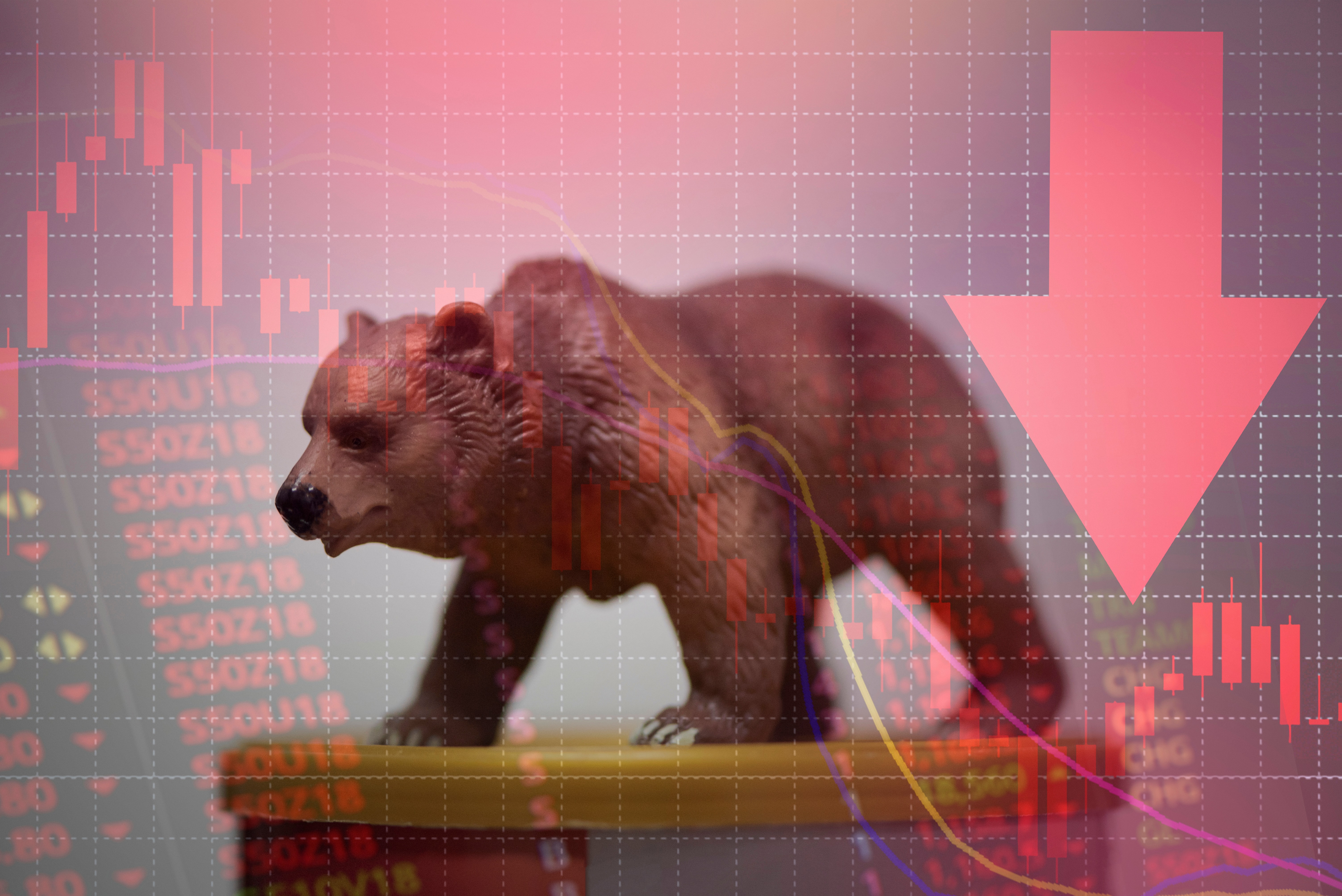With central banks continuing to hike interest rates and the prospects ofa US recessiona matter of when not if, ETF investors have very few options when considering their next tactical asset allocation play.
If 2022 was one of the worst years on record for investors, then 2023 is set tobe a tale of twohalves. The first half looks set to be dominated by the backdrop of the ongoing war in Ukraine and rising rates to stave off multi-decade-high inflation before moving to a brighter outlook in H2 where opportunities for exposure to risk assets could appear.
Calling the bottom is always a fool’s errand, however, the potential for peak inflation and peak interest rates is an exciting prospect for investors after the past 12 months.
Markets are forecasting US interest rates to peak at 5% in March before the Federal Reserve cuts by 25 basis points (bps) at the end of the year but recently released minutes show Fed officials want to see “substantially more evidence” inflation that has peaked.
With inflation risks to the upside, patience will be the key for investors in the first few months of the year.
As Sonja Laud, CIO at Legal & General Investment Management (LGIM), said: “With much of the world economy sliding into recession, and higher rates continuing to bear down on relative valuation levels, we believe investors should gird themselves for returns that are subdued at best.”
In this environment of structurally higher inflation, equities and long-duration bonds will struggle while commodities could continue their strong performance from last year.
Short-duration bond ETFs remain one of the most attractive investments with 2-year US Treasuries currently yielding 4.44%, as at 5 January, a far cry away from when 90% of the global government bond market was yielding below 1% in 2020.
Recognising this, investors have piled into short-duration government bond ETFs over the past month with the iShares $ Treasury Bond 0-1yr UCITS ETF (IB01) seeing $680m inflows, the most across all fixed income ETFs in Europe, while investors have poured $636m into the iShares $ Treasury Bond 1-3yr UCITS ETF (IBTA), as at 5 January, according to data from ETFLogic.
Luca Bindelli, head of global fixed income, FX and commodity strategy at Credit Suisse, said the firm’s approach to fixed income allocations will evolve throughout the year.
“We believe that core bonds will once again play a more relevant role within portfolios going forward,” he stressed. “Yields have now reached levels that offer some protection against adverse market effects that will likely occur as we work through a period of substantial economic uncertainty.
“At the beginning of the year, adding duration is unlikely to be outright attractive for most currencies.”
Once monetary policy tightening cycles start to slow in response to lower inflation readings, the second half of the year will be the opportunity to start adding duration risk to portfolios.
“As central bank expectations stop driving yields higher, the return outlook for sovereign bonds should improve significantly,” Bindelli continued. “Opportunities to increase duration in bond portfolios are also likely to arise once bond yields approach their cycle peaks.”
Exposure to global equities, corporate bonds and Brent Crude oil have also been recent asset allocation calls from ETF investors in Europe who should be preparing for another year of significant market volatility.
Related articles





